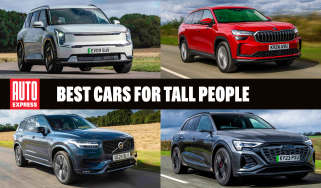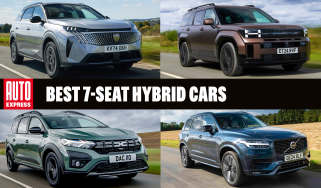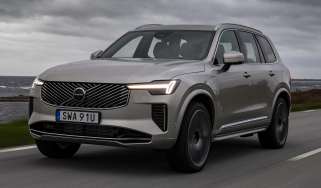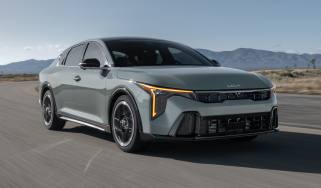Volvo XC90 will continue “as long as there is demand”
The internal-combustion-engined XC90 will sit alongside the new all-electric EX90

Many big petrol or diesel-powered SUVs are set to be replaced by pure-electric alternatives, but Volvo is claiming the XC90 is not one of these as it prepares to launch the similarly sized, similarly styled battery-powered EX90.
Speaking to Auto Express, a Volvo official said, “We will continue updating the XC90 for as long as there is demand. It is an important car for us.” The XC90 is Volvo’s third most popular model around the world so far in 2024, trailing the XC60 and XC40, but just ahead of the all-electric EX30.
The XC90 is the oldest model in Volvo’s line-up, with the second-generation model having launched back in 2015. Based on the first iteration of Volvo’s Scalable Product Architecture, the seven-seat SUV is currently offered in mild-hybrid and plug-in hybrid guise.
As for the EX90, Volvo put its new all-electric flagship SUV on sale recently from £96,255 - over £30,000 more than the cheapest version of the newly facelifted XC90. A Volvo spokesperson told Auto Express that despite the two cars competing in similar segments of the market, the EX90 isn’t a direct replacement for the XC90, stating, “we don’t see EX90 and XC90 buyers as the same.” Volvo recently adjusted its EV-only deadline of 2030, declaring it’ll aim for 90 to 100 per cent of its cars to be electrified by the turn of the decade. It’s unlikely we’ll see another internal combustion-engined XC90 before that time.
The current XC90’s nine-year lifespan is still some way off the original XC90’s, which lasted from 2003 to 2014.
Now take a look at the best luxury SUVs...







